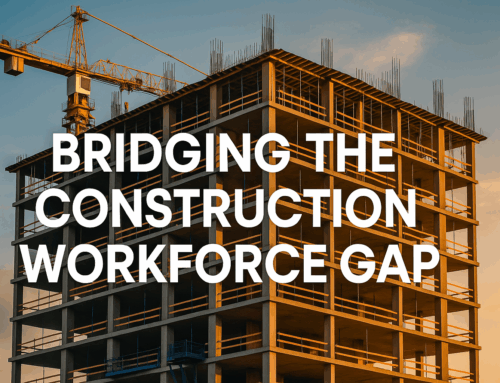Construction had a good year in 2018, and most expect 2019 to be another good year for construction spending. Most areas of construction are experiencing growth right now, including single-family, transportation, water supply, office, public safety, recreation and more. While a few areas are experiencing little change, the only areas that are currently sluggish are religious and educational facilities. Most construction firms are optimistic about what the year will bring, yet most are also concerned about the current labor shortage, which remains a major issue.
Spending Trends
Construction spending is predicted to grow substantially in 2019, driven by increased government spending, population changes, decreasing unemployment rates, and urbanization. Factors like international trade wars could stall construction spending in some ways, but overall the forecast is positive. The areas of public safety, transportation, and conservation and development are expected to experience the most growth in 2019. Growth is expected in most regions in the United States but will be particularly prominent in metropolitan areas. Meanwhile, the cost of materials and resources has also gone up, as well as the cost of labor.
Labor Concerns
In a survey of over 1,000 contractors performed by the Associated General Contractors of America, about 75% of respondents indicated they plan to increase headcount over the year, while 78% indicated that they were struggling to fill vacant positions. The labor shortage is one of the most pronounced problems facing the construction industry, despite increases in spending and demand. Staffing problems mean that projects will take longer to complete and likely cost money. This also leads to greater competition for talent.
How Are Firms Reacting?
With construction spending on the rise and talent harder to find than ever, construction firms are doing several things to cope. Many firms across the industry have raised base pay rates. Some companies are also increasing the benefits they offer to appeal to a wider range of candidates. Companies are also investing in building information modeling technology, drones, and GPS-guided machines to help reduce onsite work time. Firms are also investing in training and development to offset some of the skill gaps, especially larger firms.
Overall, spending on construction services is expected to increase this year, almost across the board. Transportation and public safety, in particular, are expected to have a great year. While construction spending is expected to continue to expand this year, labor shortages remain a major problem. Unless construction firms can attract and retain talent, the cost of construction projects will go up, as will completion times. Firms are investing in training and development to help counter problematic skill gaps.
How can we help you?
Searching for an opportunity in the construction industry? Contact The Birmingham Group today to discuss your career path or browse our open positions.
Are you a hiring authority needed construction talent? Submit a search request today.
–





